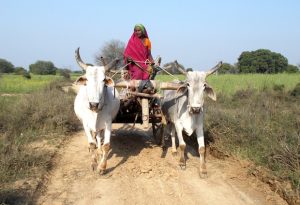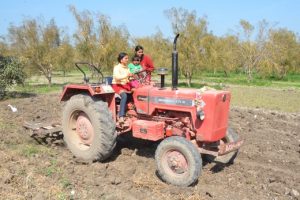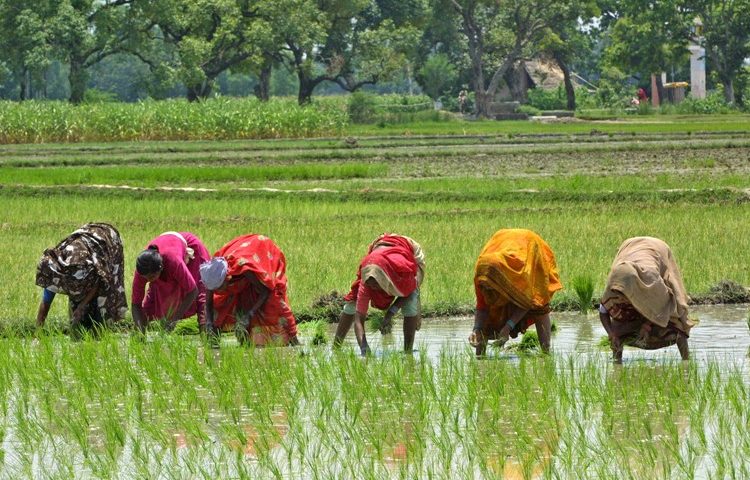India needs new age agriculture policy focusing on women farmers

Dr Rajendra Prasad Central Agricultural University inaugurated & National Agricultural Education Day celebrated
December 6, 2016
End of Road for Monsanto’s Bt Cotton seeds in Maharashtra
December 15, 2016Nirmesh Singh
Women farmers grow over 50% of food globally. Yet, in developing nations, less than 20% of the women own land. Another dismal fact is – low investment on women farmers. This was the outcome of a report by Washington based research organization – Worldwatch Institute four years ago. The report named – Investing in Women Farmers, also raised concern about women farmers of India, where they grow 60-80 percent of food but own less than 2 percent of land. Moreover, due to migration of men to cities for work, agriculture is being managed by women in rural areas. The number of women farmers is increasing. Today, 80% of all working women of India are employed in agriculture. They comprise 33% of the agricultural labour force and 48% of self employed farmers.

Kalli, a female farmer, riding her bullock cart in Uttar Pradesh’s Banda district. Image: Khabar Lahariya
In UN summit on sustainable development last year – one of the significant targets that were set was – to end hunger, achieve food security and improved nutrition and promote sustainable agriculture by 2030. The question is how we match the goal with unequal gender participation in agriculture in India. The second question is how we equip women farmers with more rights, income and benefits.
In India, the society norms and restrictions on property and inheritance rights limit the access of women farmers to financial resources, land and farm technology available. Considering the increase in proportion of women farmers, it is extremely significant issue and should be addressed on priority as agricultural productivity and overall agricultural output of India depends to a large extent on women farmers. Studies show that addressing this gender gap in India’s agriculture can increase agriculture productivity by 25-30 percent per home. Developing societies can also witness 2-4% increase in agricultural output.

Woman farmer on tractor , Image: Khabar Lahariya
The Global Food Security Index has been persistently highlighting that nations where the gaps in gender inequality is closing fast have more abundant, nutritious, and affordable food. It means when women have equal resources and opportunity, they can produce higher – and higher-quality-agricultural yields. Various experts say that developing countries must amend their national policies to protect women’s needs and interests. In India, women are deprived of access to credit and benefits of many government schemes as women are not the owners or co-owners of land and therefore the new farming technologies remain inaccessible to them. Technology is very important for women farmers as they also have domestic responsibilities to fulfill.
India needs new age agriculture policy focusing on women farmers and assured income for farmers, to empower women farmers and to bestow them with the dignity as farmers. Though the Government of India has been running “Mahila Kisan Sashaktikaran Pariyojana” (MKSP) since 2011, as a sub component of the National Rural Livelihood Mission (NRLM) but it has still not achieved desired results especially of raising the income of women farmers.
_________________


